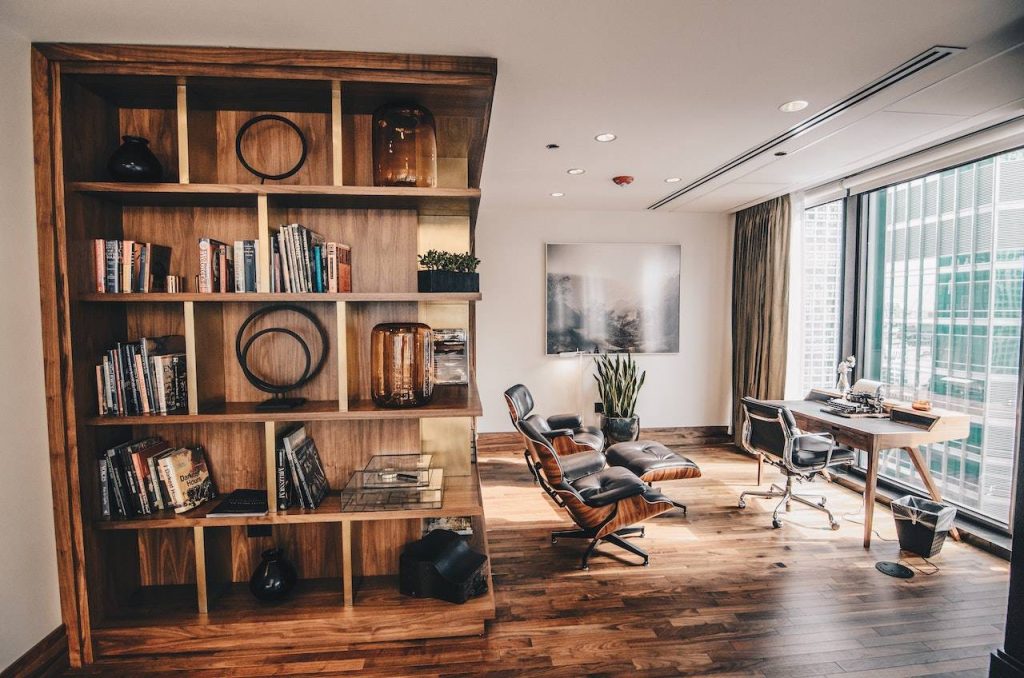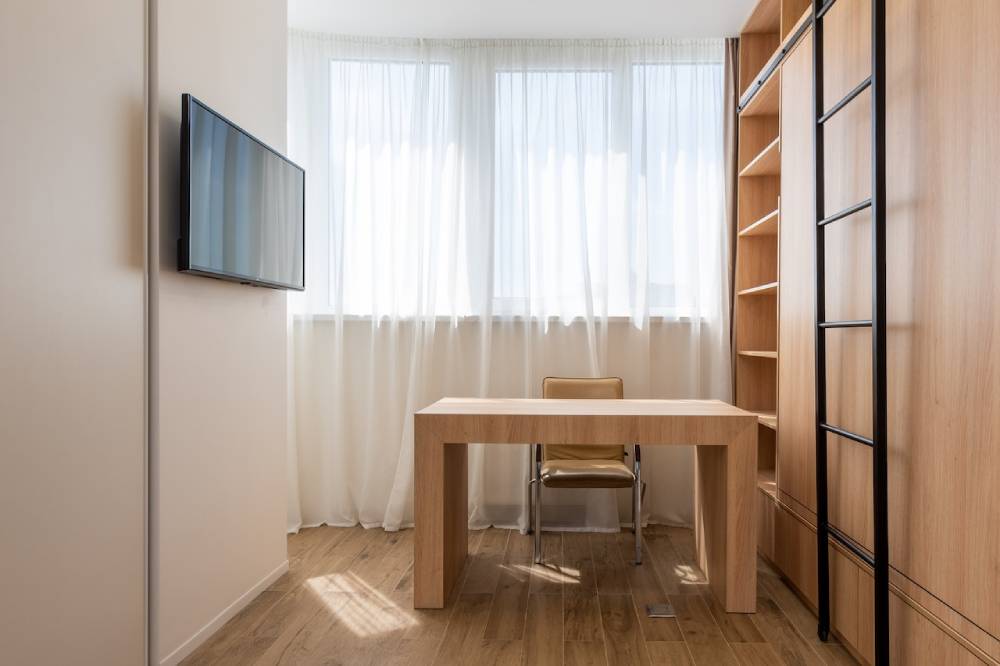The canvas of modern office spaces is no longer blank; it’s painted with hues of green and sustainable choices. As businesses and minds evolve, so does the realm of office design. These spaces aren’t just silent spectators of daily tasks; they have voices, echoing a company’s values and commitment. Modernity interwoven with environmental mindfulness sets a remarkable precedent, and it’s not just about energy savings or waste reduction. It’s about embedding the very essence of sustainability into the architectural skeleton and the decor’s soul.
Let’s embark on a journey to unravel the distinctive elements that breathe life into a sustainable office, making it a nexus of creativity, responsibility, and innovation.
Incorporate Natural Light
The transformative power of natural light in an office space is unparalleled. Incorporating generous amounts of sunlight not only drastically reduces the dependence on artificial lighting but also plays a pivotal role in enhancing the well-being of the workforce. Studies have consistently shown that workspaces illuminated with natural light boost employee morale, reduce fatigue, and enhance productivity. To boost sunlight, opt for large floor-to-ceiling windows, or even consider integrating skylights into the design.
But it’s also essential to maintain balance. Utilize sheer curtains or blinds which can be adjusted throughout the day, ensuring that there’s no excessive glare, especially on computer screens. This way, you can craft a space that’s both energy-efficient and suitable for optimal work conditions.
Choose Sustainable Materials

The materials we choose serve as the backbone of the design, shaping not just the look but also the environmental footprint of any space. Today’s market is teeming with eco-friendly alternatives that don’t compromise on style or durability. Consider using bamboo for flooring— it’s a rapidly renewable resource that exudes a contemporary vibe. Reclaimed wood, with its rich history and unique imperfections, can be transformed into beautiful desks or wall panels.
Even your paint choice matters! Opting for paints with low or no VOCs can make a significant difference in indoor air quality. In essence, every material chosen should echo the ethos of sustainability, ensuring that the office doesn’t just look modern but also respects the environment.
Efficient Appliances and Systems
The key to a truly sustainable office goes beyond surface-level aesthetics—it’s embedded in the very systems and appliances that run the space. Energy-efficient LED lights, for example, consume up to 90% less power than incandescent bulbs. But the realm of efficiency extends further. For instance, let’s consider the water heater used in your office. Traditional systems often waste energy heating large quantities of water, even when not needed. Modern hot water systems, on the other hand, ensure that water is heated precisely when required, leading to significant energy savings.
Additionally, solar water heaters harness the power of the sun, further diminishing the carbon footprint. It’s crucial to remember that every appliance and system should align with the goal of sustainability, making the space not just modern in design but also in function.
Introduce Greenery

An office space infused with greenery is an oasis of calm and creativity. Plants, with their myriad shapes, colors, and textures, introduce a touch of nature, serving as a bridge between the outdoor and indoor environments. But their benefits aren’t just visual. They have been shown to improve air quality by absorbing toxins like formaldehyde and benzene, all while releasing fresh oxygen.
Options like the snake plant, spider plant, or pothos are aesthetically pleasing and also incredibly resilient and low-maintenance. If you’re looking to make a more significant statement, consider investing in a green wall or creating dedicated zones for indoor gardening. These green sanctuaries can act as communal areas, fostering collaboration and relaxation.
Flexible and Multi-purpose Furniture

The dynamism of modern work culture calls for furniture that’s equally adaptable. Instead of rigid setups, think in terms of modularity. Modular furniture can be easily rearranged to cater to various needs, be it a collaborative team meeting or an individual deep work session. Multi-purpose furniture, like desks with integrated storage or seating areas that double as informal discussion zones, maximizes utility without occupying excessive space.
Additionally, investing in high-quality, durable furniture ensures longevity, meaning fewer replacements and reduced waste in the long run. If you embrace flexibility in furniture choices, your space will be versatile while also showing off your commitment to sustainability.
As we reimagine the anatomy of the modern office, sustainability emerges not as an afterthought, but as the foundation. It’s a testament to a forward-thinking approach where design choices actively contribute to a larger ecological narrative.
Crafting such spaces is more than just following a trend; it’s about acknowledging the role offices play in shaping our environmental trajectory and leveraging design to ensure it’s a positive one. As designers, planners, or even office occupants, it’s within our grasp to shape spaces that not only foster productivity and well-being but also echo a profound respect for the planet.





